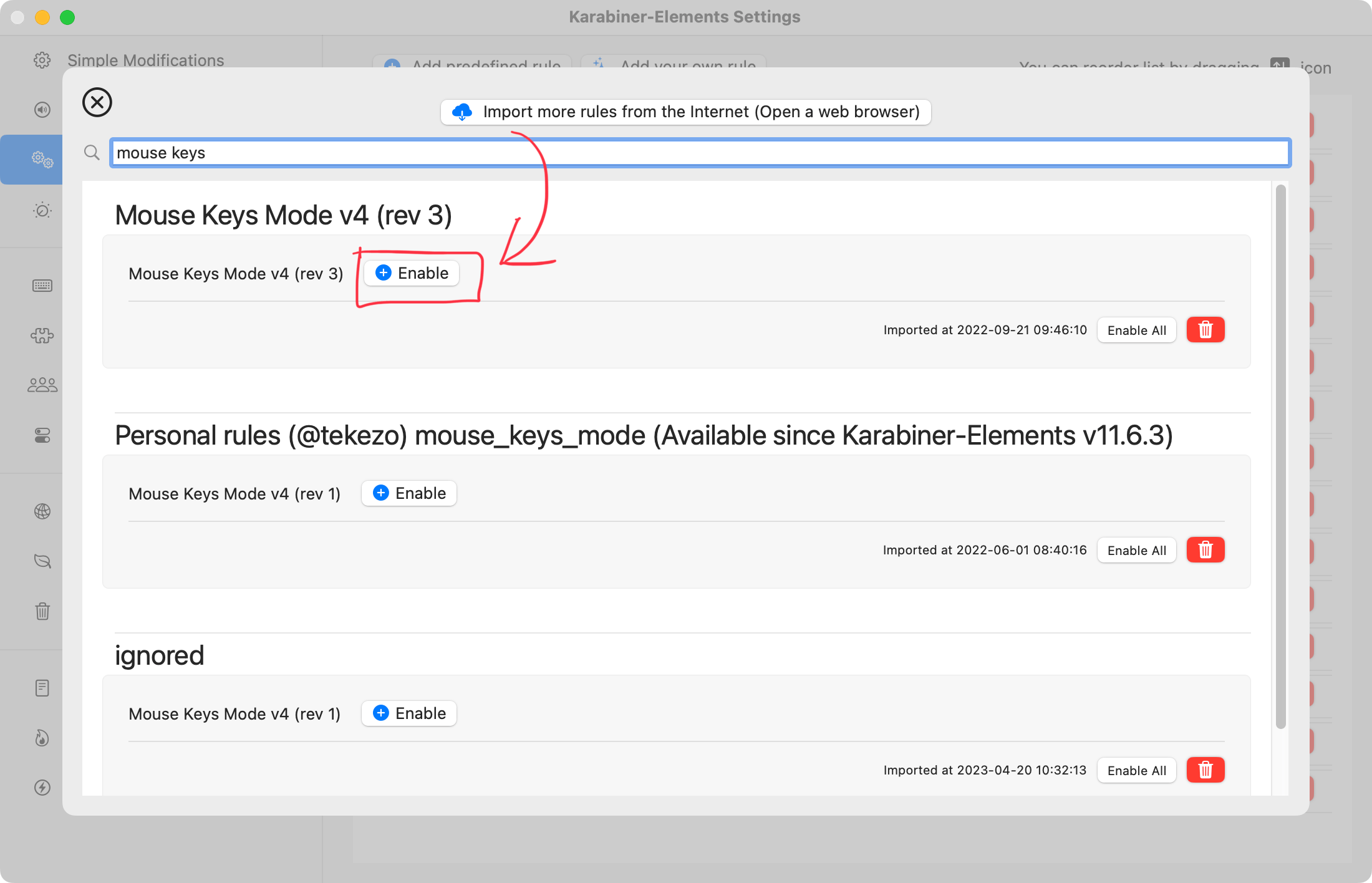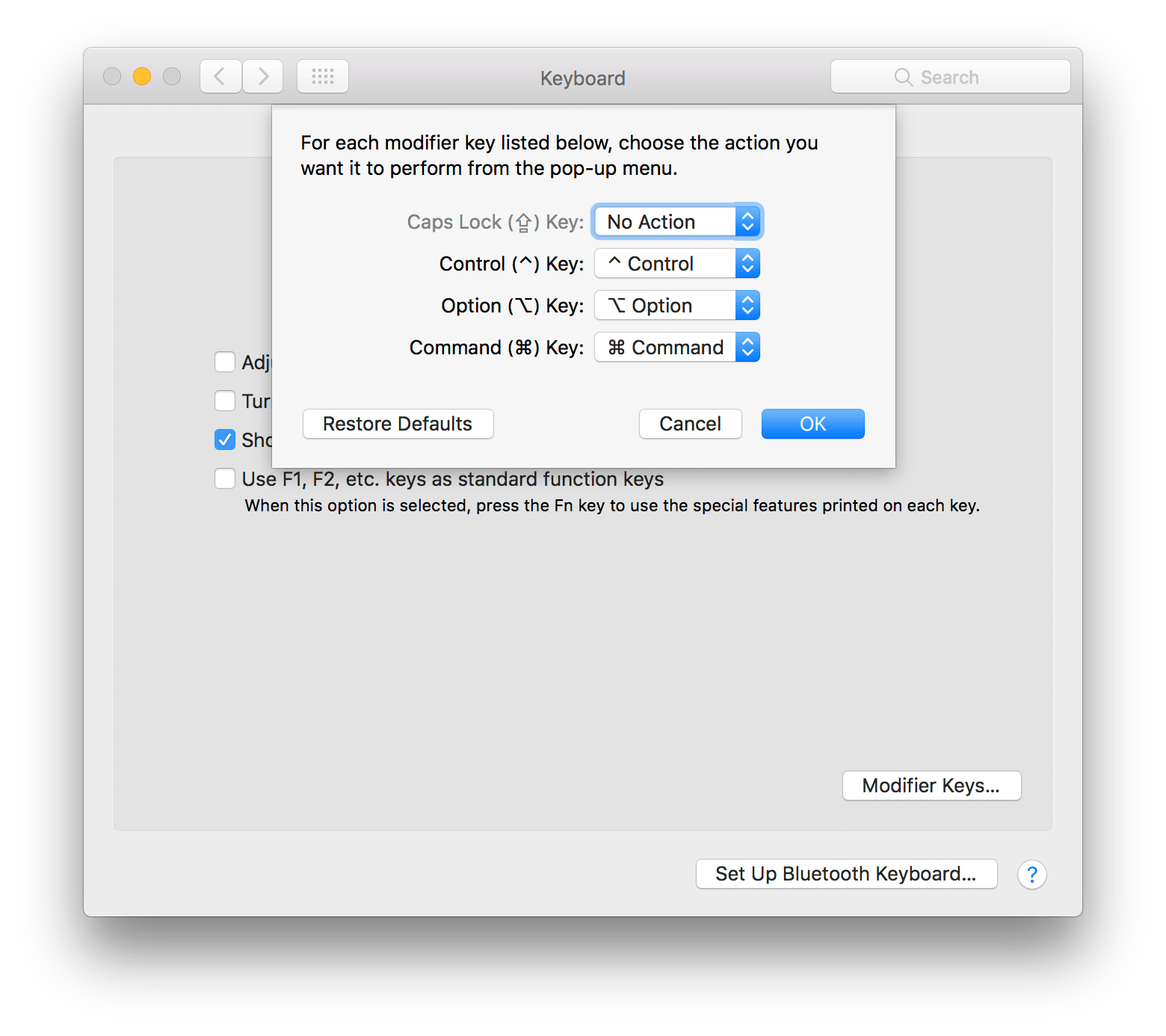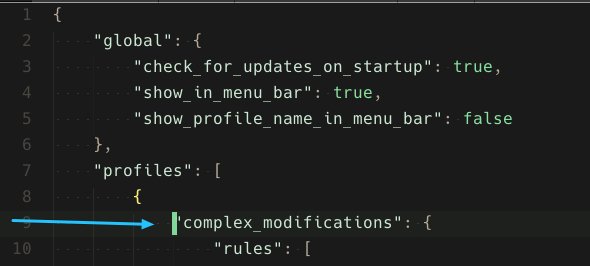
- KARABINER ELEMENTS F19 FOR ESCAPE AND CONTROL MAC OS X
- KARABINER ELEMENTS F19 FOR ESCAPE AND CONTROL WINDOWS
I had to find the device vendor and product id from the event viewer, and then I used these settings: My external keyboard always sends number keys from the number pad, and I'd rather send arrow keys. Apple_laptop 0x0259 Swap F1,F2 with Brightness keys For laptop keyboard only amitp.brightness DeviceVendor::APPLE_COMPUTER, DeviceProduct::Apple_laptop _KeyToKey_ Ke圜ode::F1, ConsumerKe圜ode::BRIGHTNESS_DOWN _KeyToKey_ Ke圜ode::F2, ConsumerKe圜ode::BRIGHTNESS_UP _KeyToKey_ ConsumerKe圜ode::BRIGHTNESS_DOWN, Ke圜ode::F1 _KeyToKey_ ConsumerKe圜ode::BRIGHTNESS_UP, Ke圜ode::F2 Swap F10,F11,F12 with Volume keys amitp.volume For laptop keyboard only DeviceVendor::APPLE_COMPUTER, DeviceProduct::Apple_laptop _KeyToKey_ Ke圜ode::F10, ConsumerKe圜ode::VOLUME_MUTE _KeyToKey_ Ke圜ode::F11, ConsumerKe圜ode::VOLUME_DOWN _KeyToKey_ Ke圜ode::F12, ConsumerKe圜ode::VOLUME_UP _KeyToKey_ ConsumerKe圜ode::VOLUME_MUTE, Ke圜ode::F10 _KeyToKey_ ConsumerKe圜ode::VOLUME_DOWN, Ke圜ode::F11 _KeyToKey_ ConsumerKe圜ode::VOLUME_UP, Ke圜ode::F12 I could then modify the settings to only apply to my laptop keyboard: I used Karabiner's Event Viewer helper application to figure out that my laptop keyboard's device id was 0x0259. However, I want to swap these keys only on the laptop keyboard. Swap F1,F2 with Brightness keys amitp.brightness _KeyToKey_ Ke圜ode::F1, ConsumerKe圜ode::BRIGHTNESS_DOWN _KeyToKey_ Ke圜ode::F2, ConsumerKe圜ode::BRIGHTNESS_UP _KeyToKey_ ConsumerKe圜ode::BRIGHTNESS_DOWN, Ke圜ode::F1 _KeyToKey_ ConsumerKe圜ode::BRIGHTNESS_UP, Ke圜ode::F2 Swap F10,F11,F12 with Volume keys amitp.volume _KeyToKey_ Ke圜ode::F10, ConsumerKe圜ode::VOLUME_MUTE _KeyToKey_ Ke圜ode::F11, ConsumerKe圜ode::VOLUME_DOWN _KeyToKey_ Ke圜ode::F12, ConsumerKe圜ode::VOLUME_UP _KeyToKey_ ConsumerKe圜ode::VOLUME_MUTE, Ke圜ode::F10 _KeyToKey_ ConsumerKe圜ode::VOLUME_DOWN, Ke圜ode::F11 _KeyToKey_ ConsumerKe圜ode::VOLUME_UP, Ke圜ode::F12 I came up with this equivalent for the above settings (and then later realized all the built-in settings have XML files like this one): Reading the XML file format documentation, I saw that I can restrict certain settings to only run in some apps or some devices. Karabiner offers an XML configuration file when the standard settings dialog isn't enough. I use it with an external display, so the brightness keys aren't useful to swap. The external keyboard has its own volume keys, so I don't want them swapped there. Then in Karabiner, I selectedĮxcept… I want more! Once I got an external keyboard, I wanted the function keys to behave differently.
KARABINER ELEMENTS F19 FOR ESCAPE AND CONTROL MAC OS X
First, I told Mac OS X to make them all function keys. Karabiner's standard settings dialog lets me swap just some of these keys. I want five to be special functions and seven to be function keys. Mac OS X offers in the System Preferences a choice of having them all be function keys or all be special functions. On my laptop, I want F1,F2 to control brightness, F3,F4,F5,F6,F7,F8,F9 to be function keys, and F10,F11,F12 to control volume. I use it primarily for remapping the function keys. On Mac OS X, there's a fantastic tool called Karabiner (previously KeyRemap4MacBook) that lets you control how your keyboard and mouse work - things like keyboard repeat rate, mouse acceleration, arrow keys, function keys, control/escape/shift/option/fn, adding keys to enter unicode characters, and many other things. – 1 comment My OS X Karabiner setup # Friday, August 12, 2016

KARABINER ELEMENTS F19 FOR ESCAPE AND CONTROL WINDOWS
Modifier widely used on Windows and Linux. On a jump slot set for Windows/Linux this key is treated as the the Win key. Tends to be the equivalent in many cases of the Ctrl key used on Windows. Operates in 'Sticky mode so it does not have to be held down while next character is typed


It is presumed that WayTools are likely to offer custom key tops corresponding to most (if not all) of the standard default maps). The current list of standard Library maps (as of October 2018) are called:Ĭlick on the name of one of the above if you want to see the details of that particular map. The library is held on the WayTools servers so they can easily add new maps or alter existing ones.

WayTools provide a library of pre-configured maps which can be used either as-is, or as the starting point for any customization you want to make. At the moment the TextBlade app is only available on Apple iOS devices (iPhone, iPad, iPod), but there are plans for it to be ported to other OS's in the future. The TextBlade comes with a number of pre-configured maps to support major language variants however, one of its great strengths is the ability to customize maps to suit particular preferences via the TextBlade app (as long as you have the MultiMap capability).


 0 kommentar(er)
0 kommentar(er)
